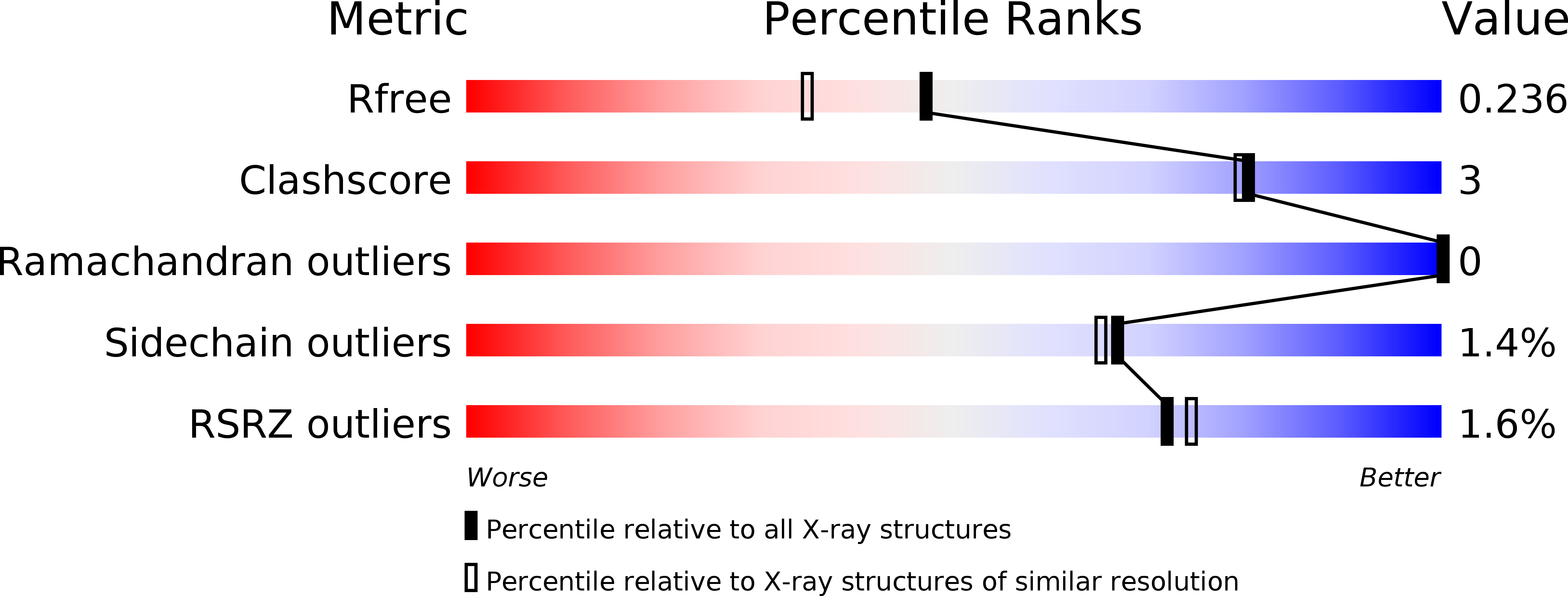
Deposition Date
2019-07-22
Release Date
2019-11-13
Last Version Date
2024-11-13
Entry Detail
PDB ID:
6PW7
Keywords:
Title:
X-ray crystal structure of C. elegans STIM EF-SAM domain
Biological Source:
Source Organism:
Caenorhabditis elegans (Taxon ID: 6239)
Host Organism:
Method Details:
Experimental Method:
Resolution:
1.89 Å
R-Value Free:
0.23
R-Value Work:
0.18
R-Value Observed:
0.18
Space Group:
C 2 2 2


